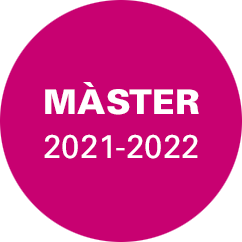This research aims to analyze the political, social and cultural awareness of this sector of professionals, its modernization, internal dynamics and citizen projection at the end of the Franco regime.
With this work, integrated into the research line of the Grup d’Estudi d’Història de la Cultura i dels Intel·lectuals (GEHCI) of the University of Barcelona, we propose to make an approach to the cultural, social and political awareness of Catalan architects in the period of the last five years of the Franco regime. We intend to approach the modernization process experienced by this sector and the practical manifestation it had, observe how it conditioned the internal dynamics of the profession and determine what was its projection towards citizenship.
For this purpose, after reviewing the general framework of Catalonia at the end of the 50s and the beginning of the 60s and pointing out the evolution of various Catalan corporations between these years (which helps us to contextualize the specific process that lived the group of architects) choosed to structure the work in three main sections.
All this has allowed us to observe how during the studied period the professionals of Catalan architecture, in parallel to what happened in other corporations (lawyers, surveyors, industrial engineers, graduates…) completed a process through which they put their knowledge at the service of the citizenship, they linked again with the international reality, assumed an unavoidable commitment to democratic values and carried out a cultural task of an extraordinary quality. Even so, this work does not serve to close the issue. Vital issues have remained in the air, such as, for example, the evolution during these years of the Escuela de Arquitectura de Barcelona and the linking of the cultural activities of the School, especially conferences and exhibitions, with the program of other institutions or bodies of the country and the State. On the other hand, not all available sources have been used either. In future studies it will be essential to review, among others, the section of Architecture and Urbanism that appeared in Destino from 1967 and the collaborations of different members of the School in the Diario de Barcelona, as well as to conduct interviews with some of the main protagonists.



